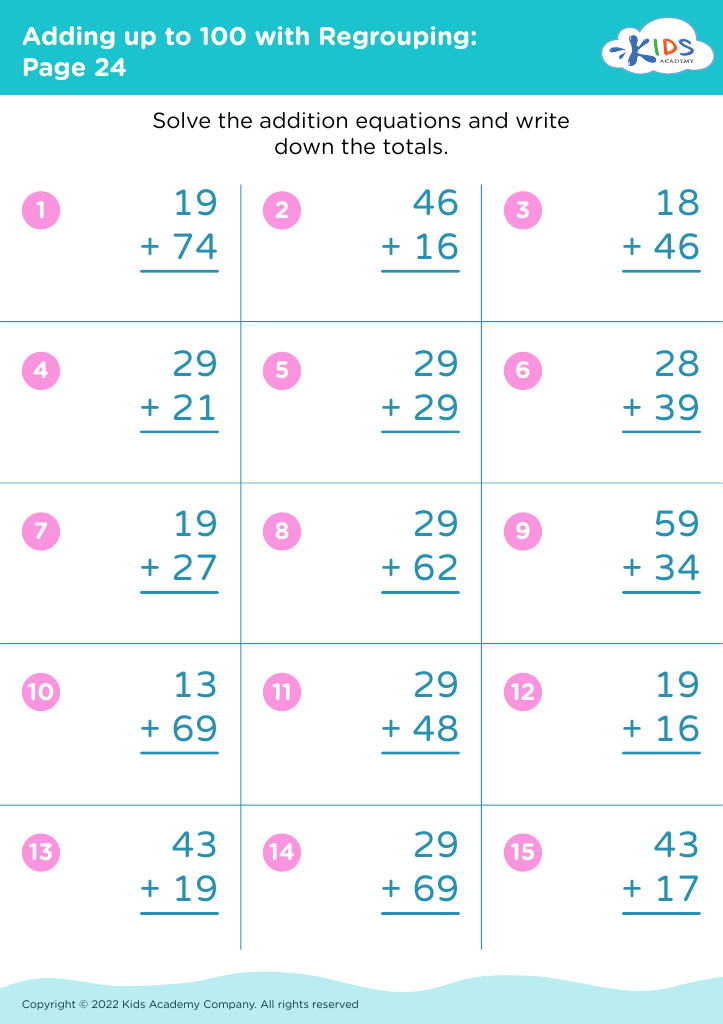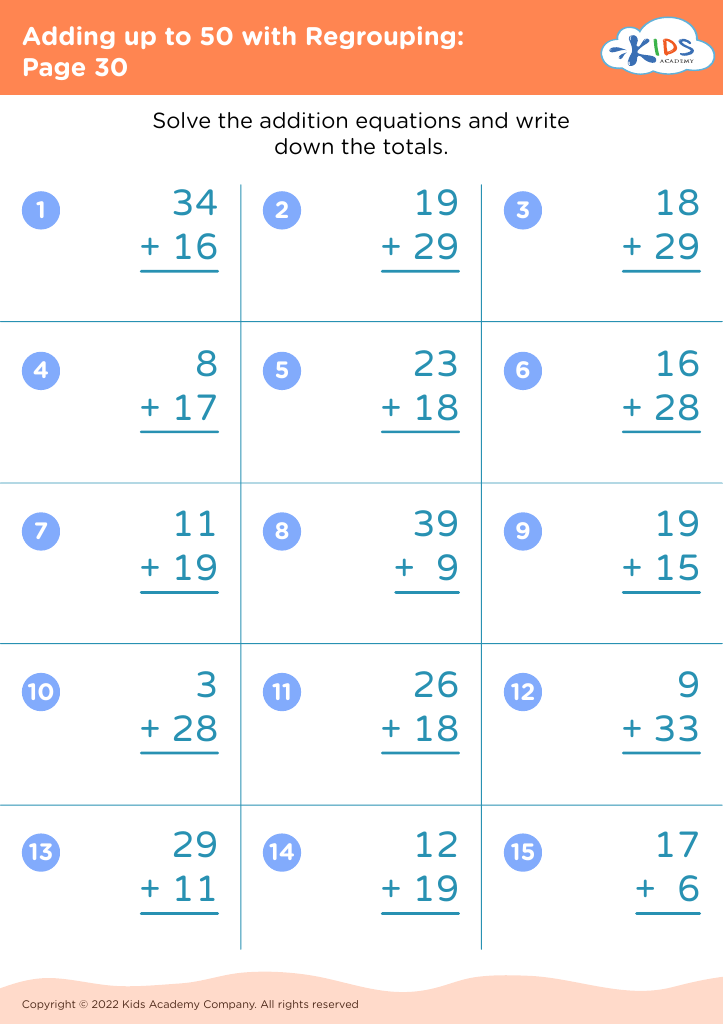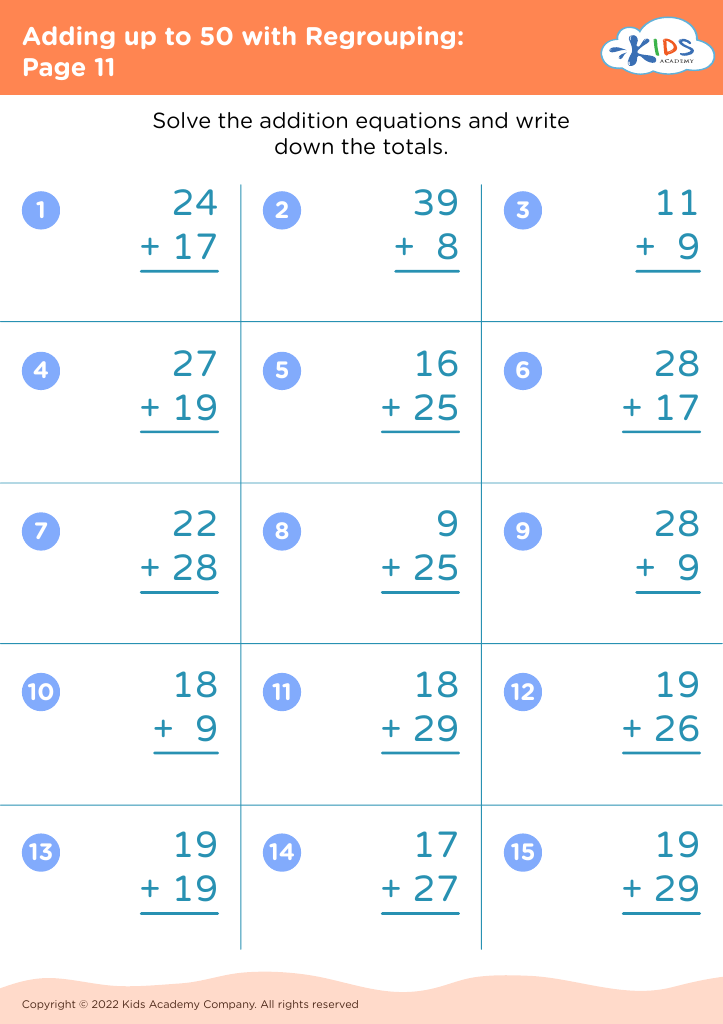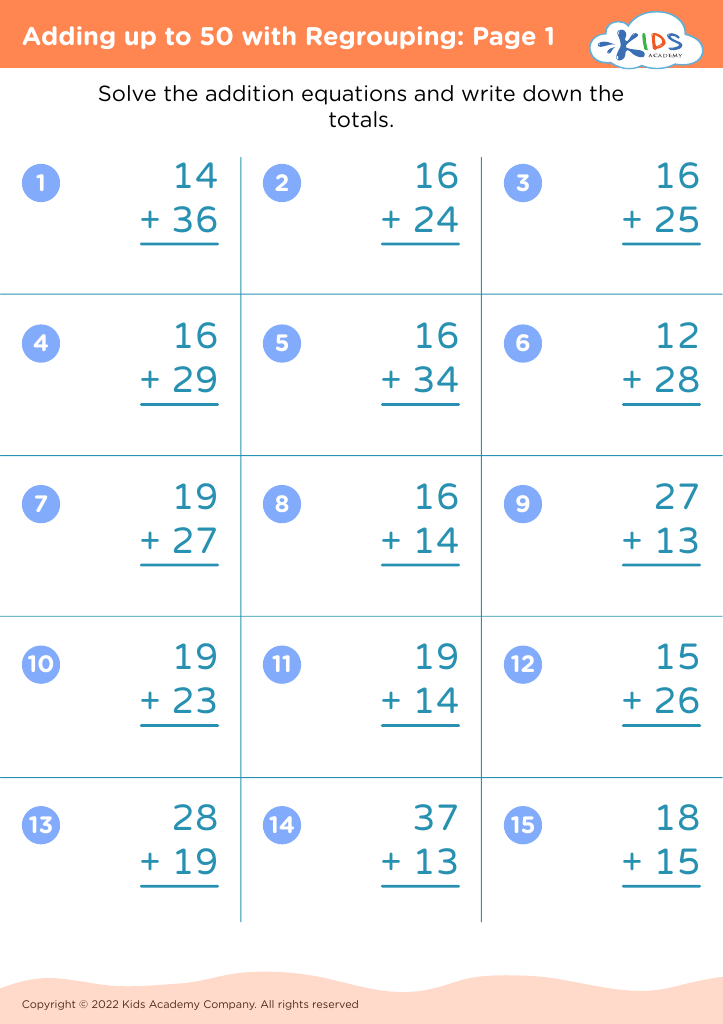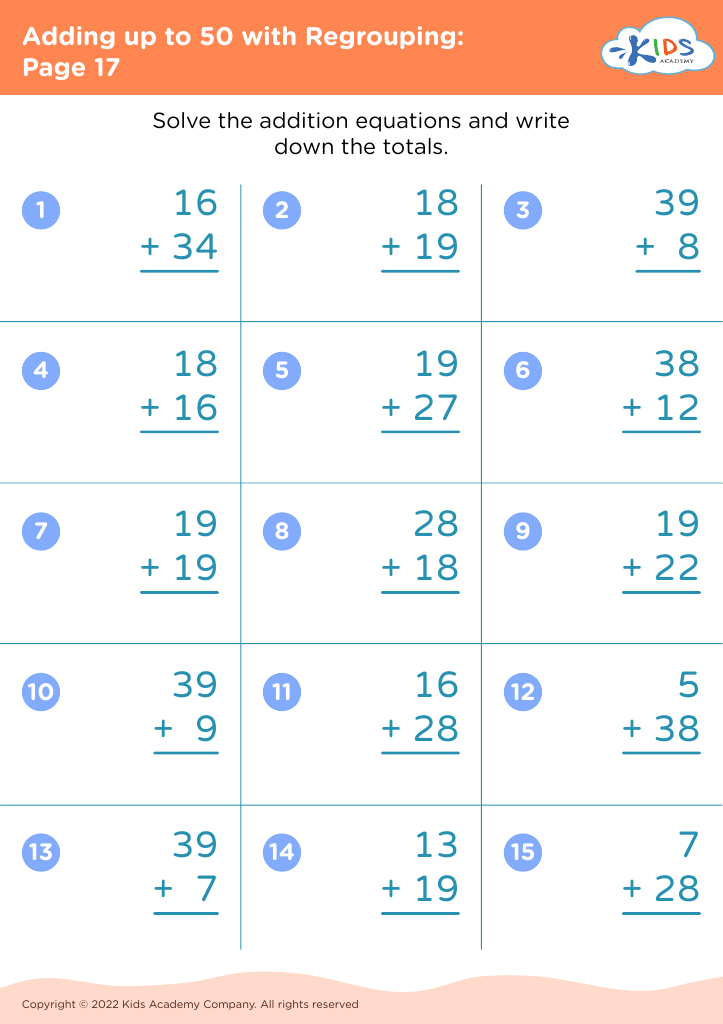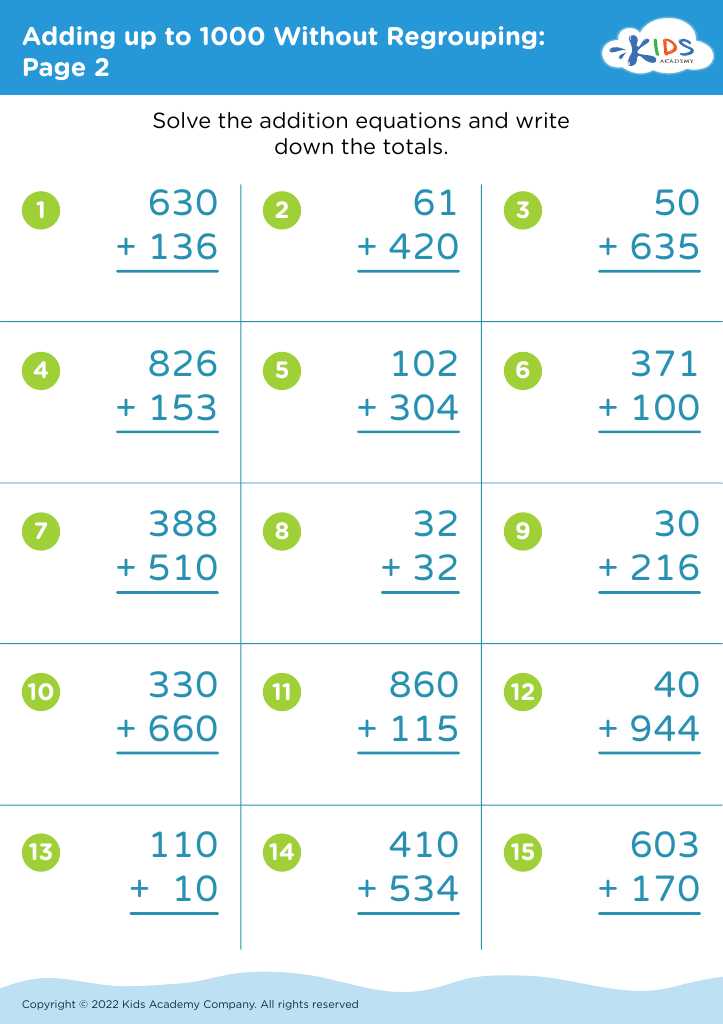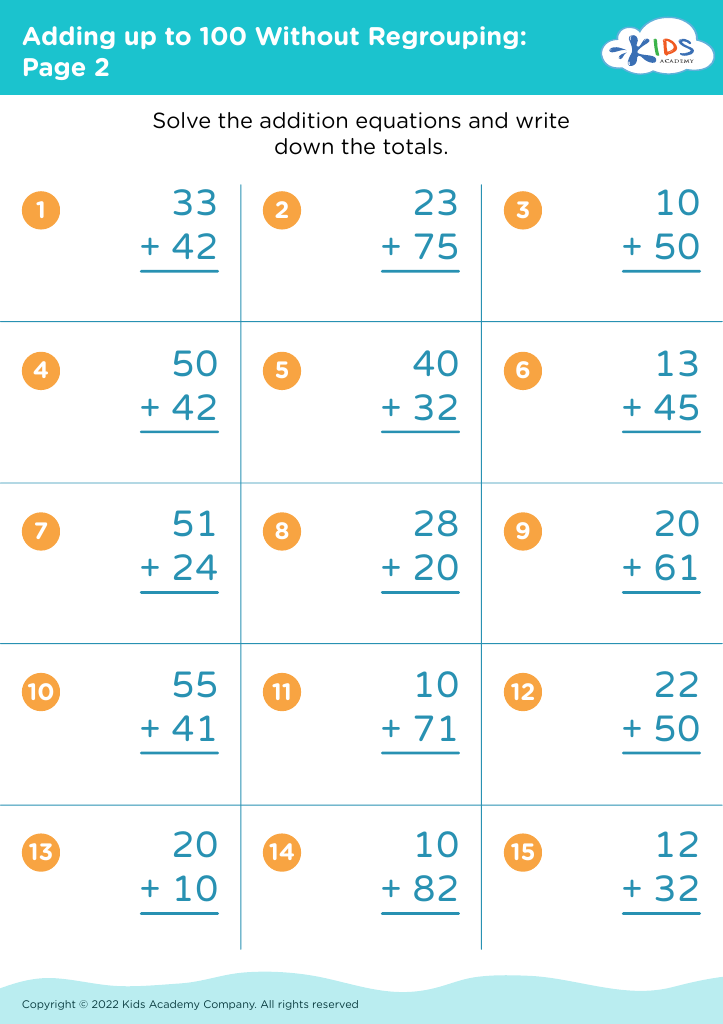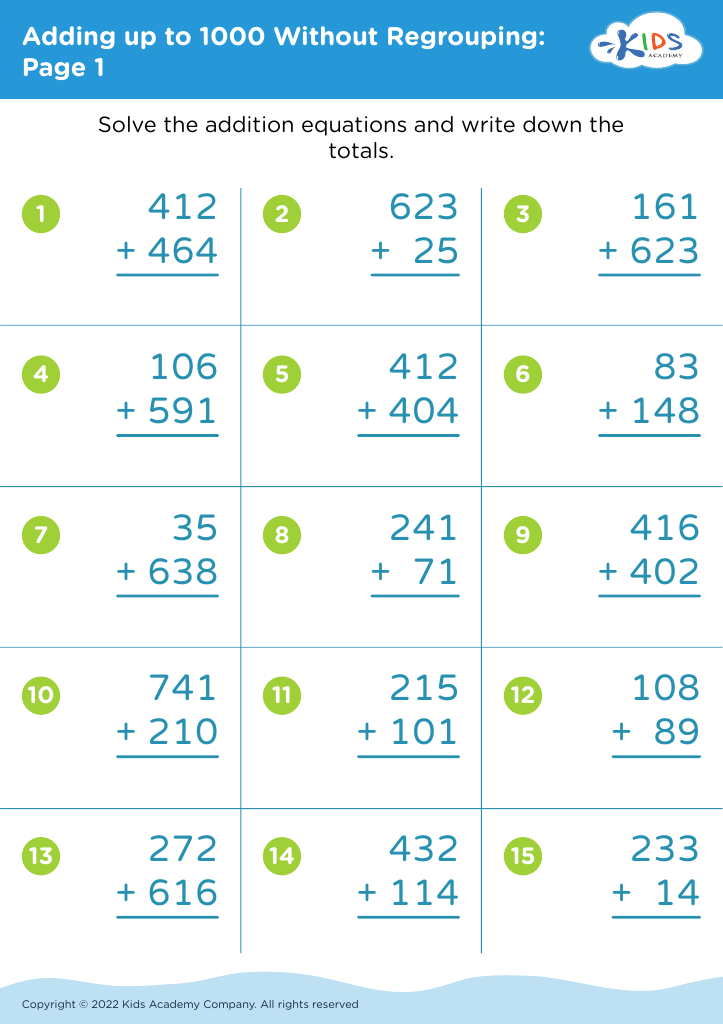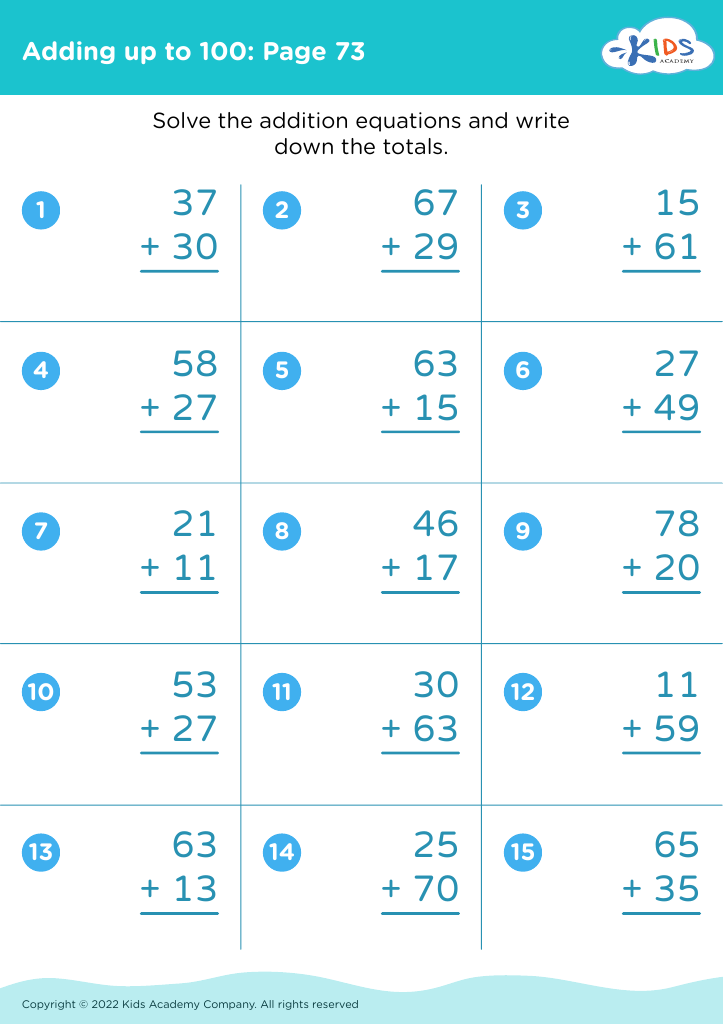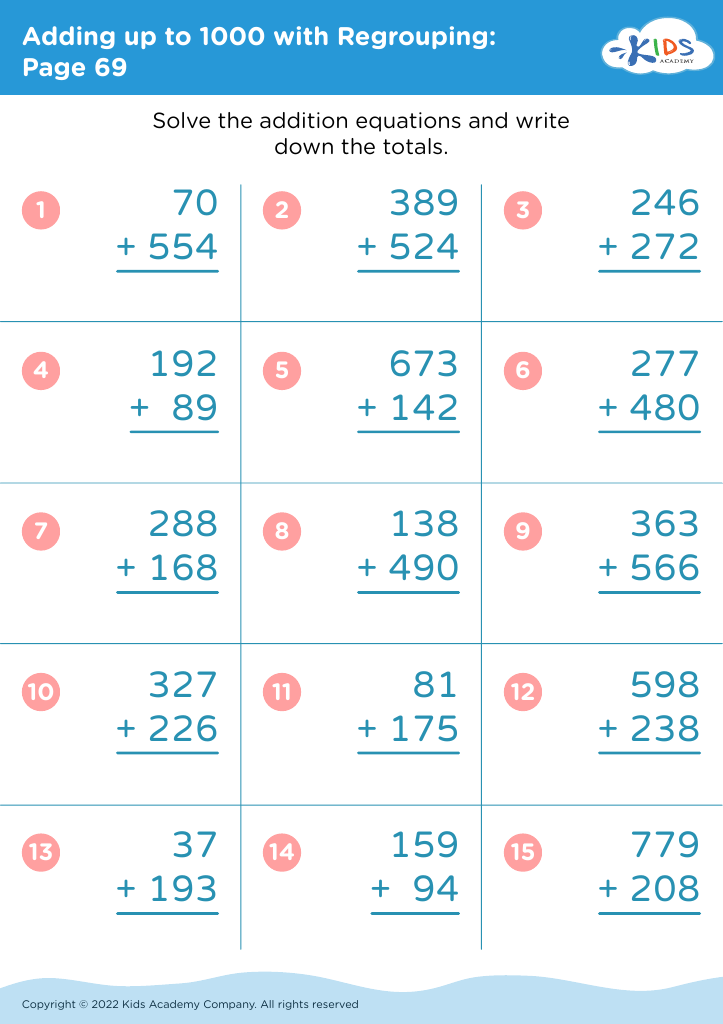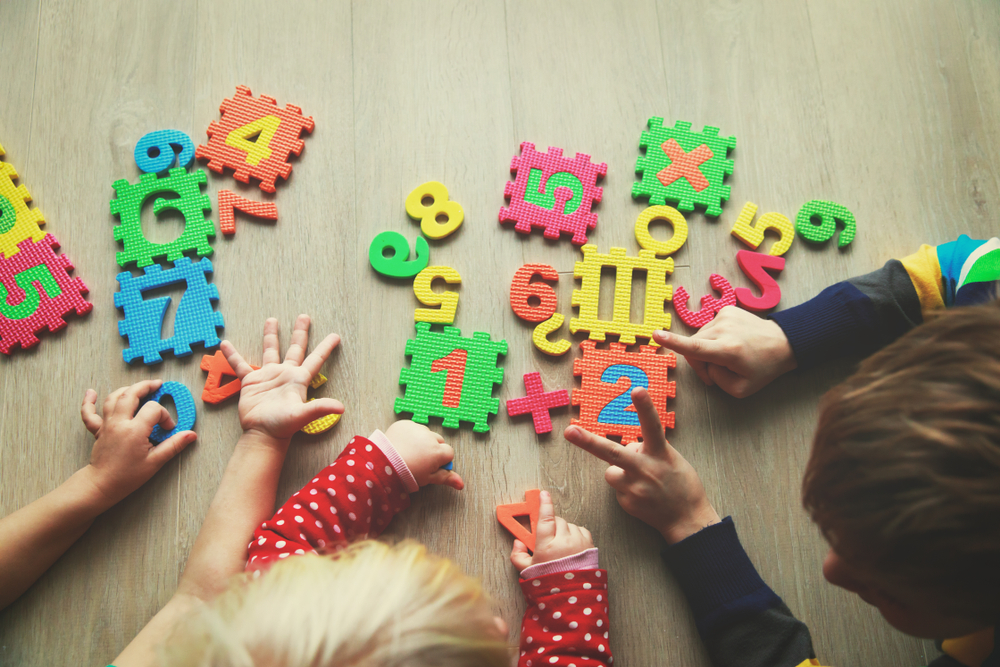Shape Recognition Math Worksheets for 8-Year-Olds
54 filtered results
-
From - To
Shape Recognition Math Worksheets for 8-Year-Olds
Make learning fun with our Shape Recognition Math Worksheets tailored for 8-year-olds! These engaging printable exercises are designed to enhance your child's understanding of basic geometric shapes. While solving these worksheets, kids will not only sharpen their math skills but also improve their cognitive abilities. Our carefully curated activities blend playful learning with educational rigor, ensuring young learners stay motivated. Ideal for classroom or at-home use, these worksheets support foundational math knowledge crucial for future academic success. Discover a wide variety of exciting tasks, from identifying and coloring shapes to complex pattern recognition, all tailored to make math enjoyable!


Let's Count Faces! Worksheet
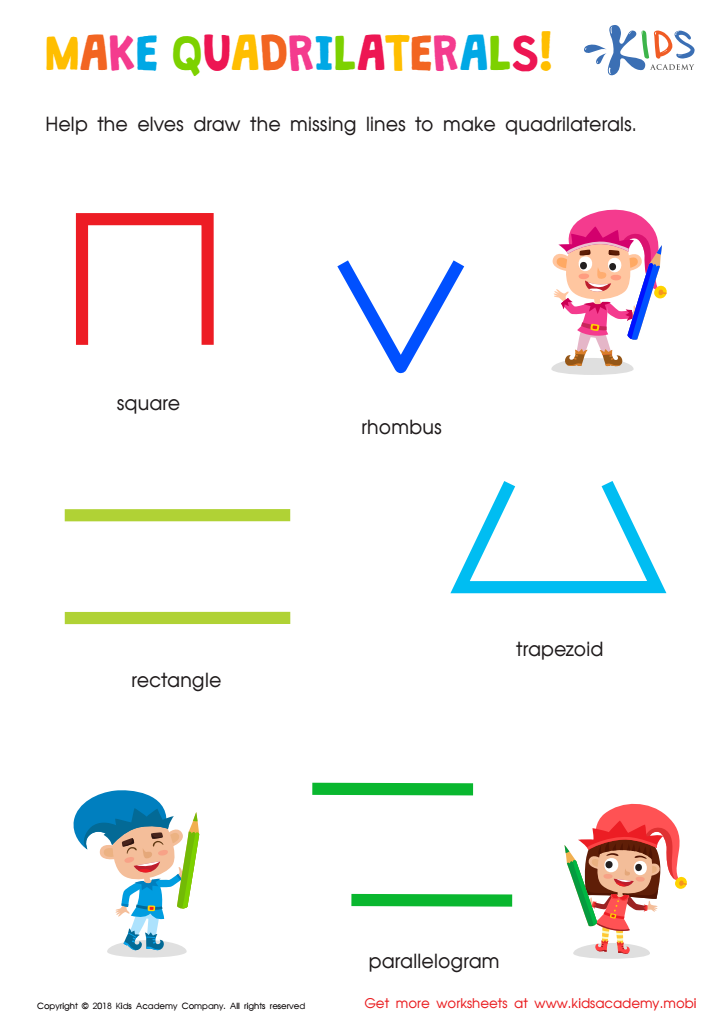

Make Quadrilaterals Worksheet
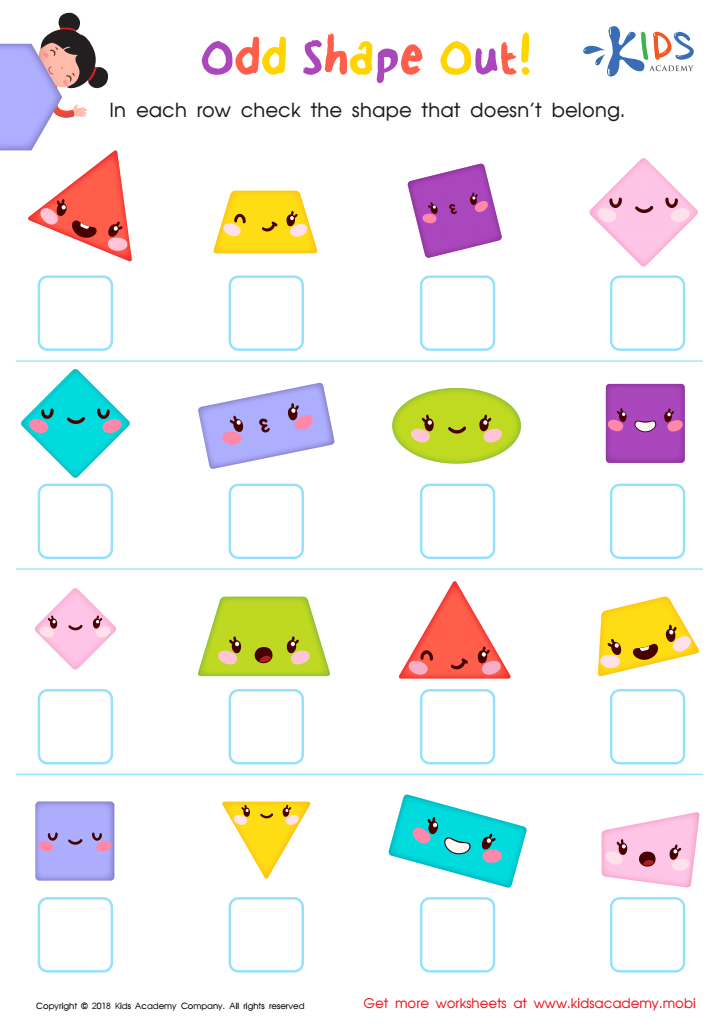

Odd Shape Out Worksheet for Grade 3
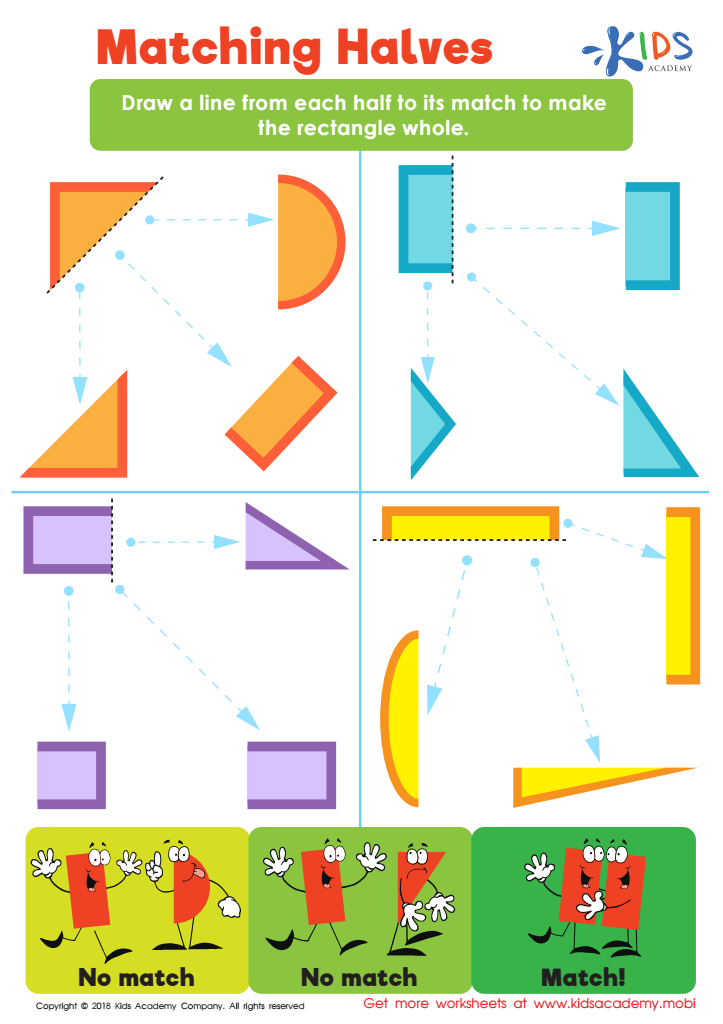

Matching Halves Worksheet
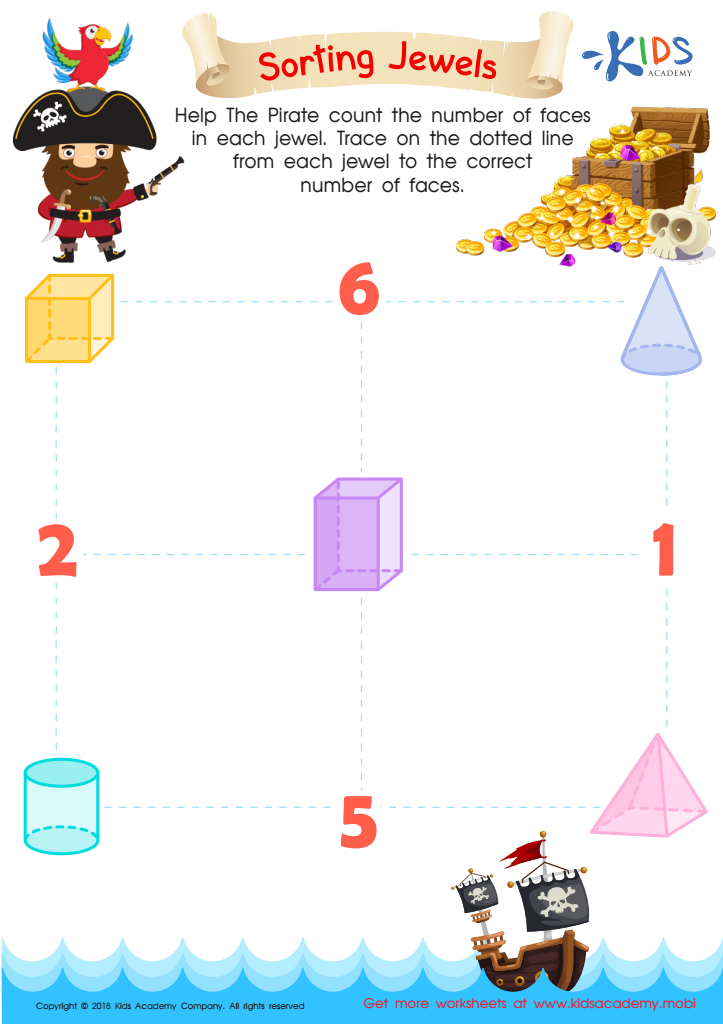

Sorting Jewels Worksheet
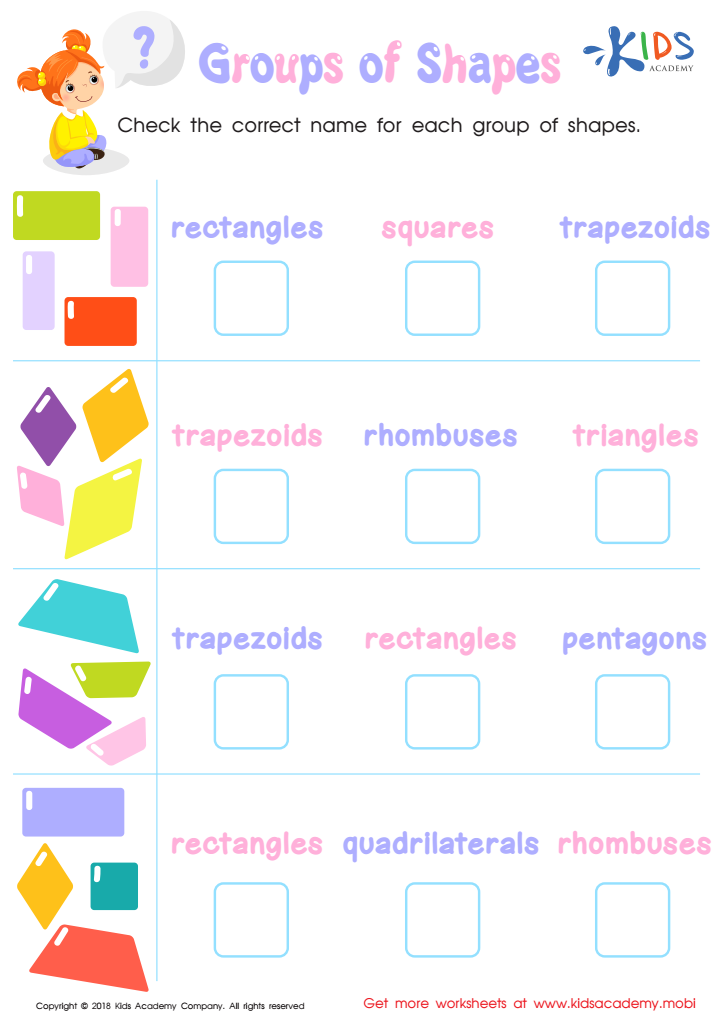

Groups of Shapes Worksheet


Faces of 3D Shapes Worksheet


Dinner Shapes: Making a Whole Worksheet
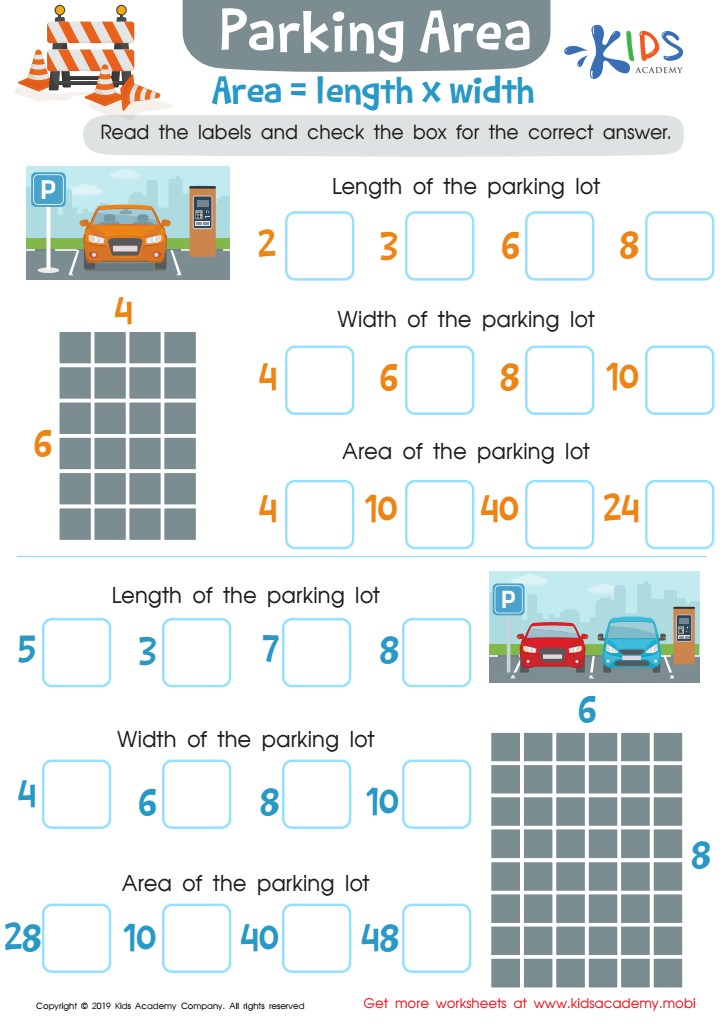

Parking Area Worksheet
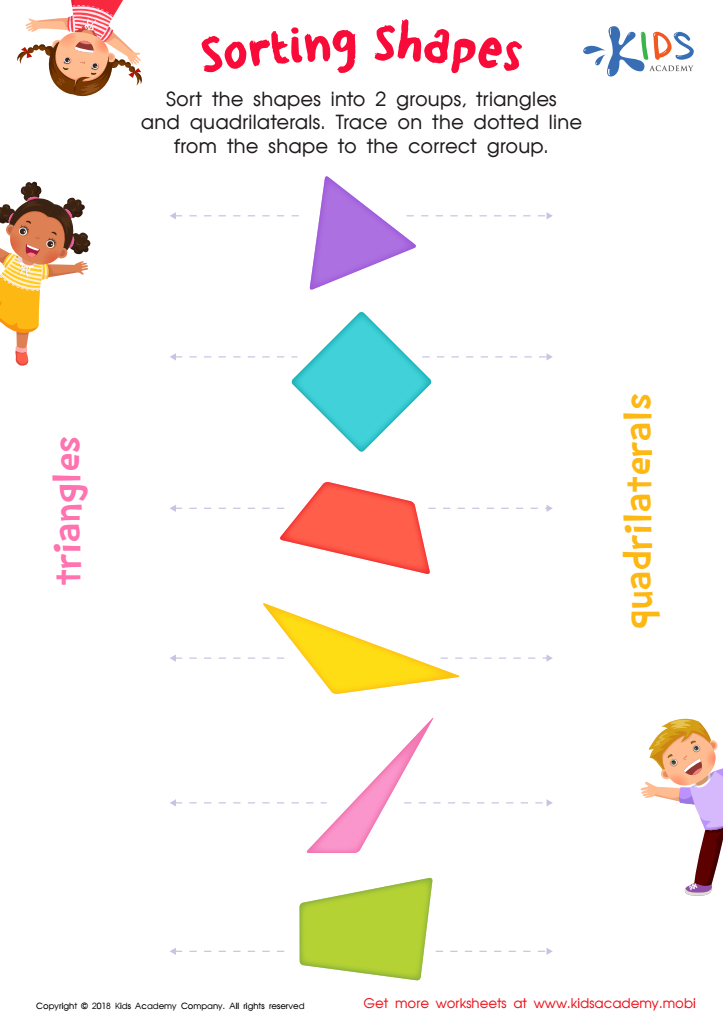

Sorting Shapes Worksheet
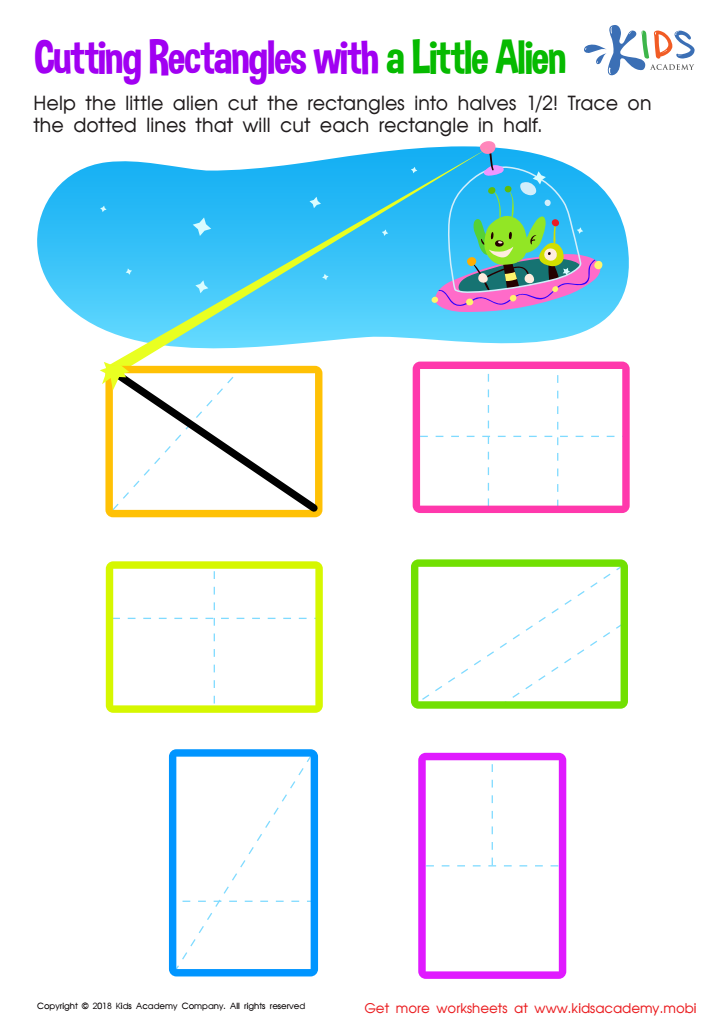

Cutting Rectangles with Alien Worksheet
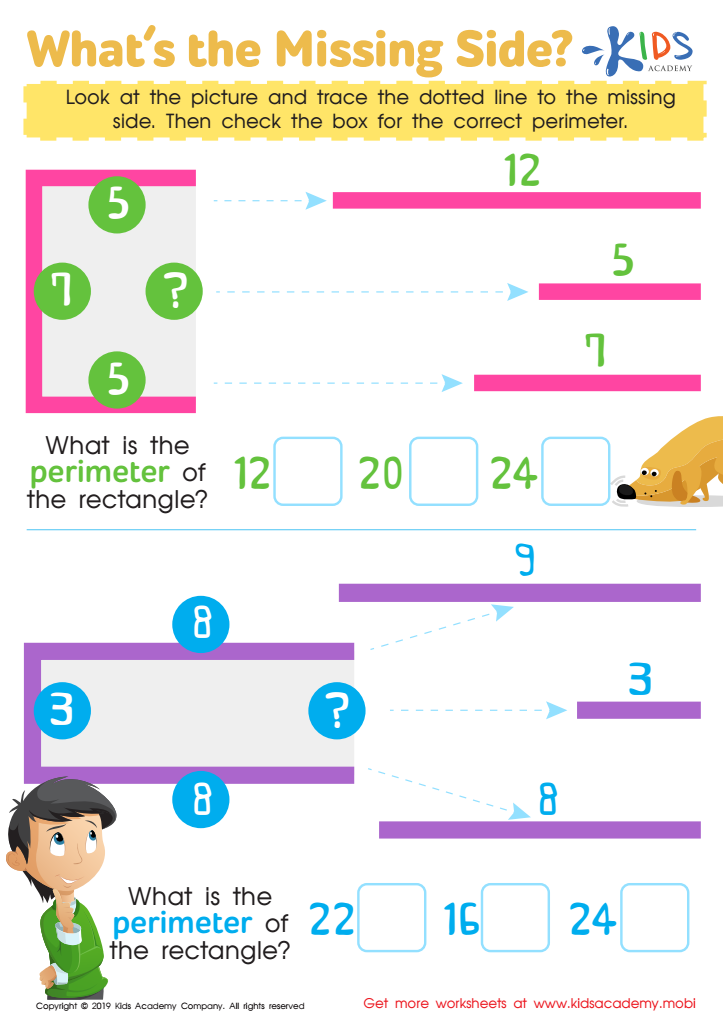

What's the Missing Side Worksheet
Shape recognition is foundational in a child’s mathematical education, especially around the age of 8. At this stage, children’s cognitive abilities are expanding rapidly, allowing them to grasp more complex concepts. Shape recognition helps develop critical spatial awareness skills, enabling children to comprehend and navigate the world around them. Understanding shapes is not just about identifying circles, squares, or triangles; it forms the basis for geometry, a key component of higher mathematics.
Moreover, shape recognition aids in pattern identification and logical reasoning. These skills go beyond the classroom, influencing everyday activities such as understanding maps, packing efficiently, or even playing sports. Recognizing shapes also enhances problem-solving abilities as children begin to understand how different shapes can fit together to form new structures.
For teachers and parents, incorporating shape recognition activities can make learning enjoyable and engaging. This can be achieved through fun drawing tasks, interactive games, or hands-on activities like building blocks. Encouraging children to discuss and play with shapes not only fortifies their academic foundation but also stimulates their creative and critical thinking skills.
Therefore, parents and teachers should prioritize shape recognition in early math education to build a robust foundation for future learning, foster spatial and logical reasoning, and integrate fun into the learning process.
 Assign to My Students
Assign to My Students

